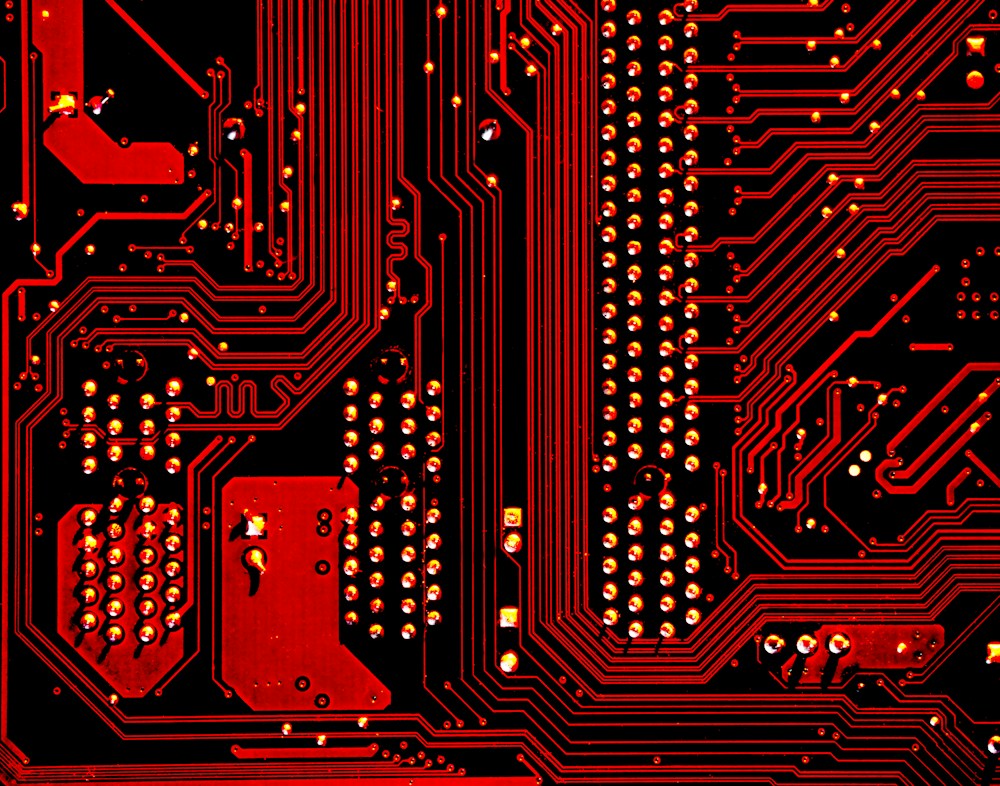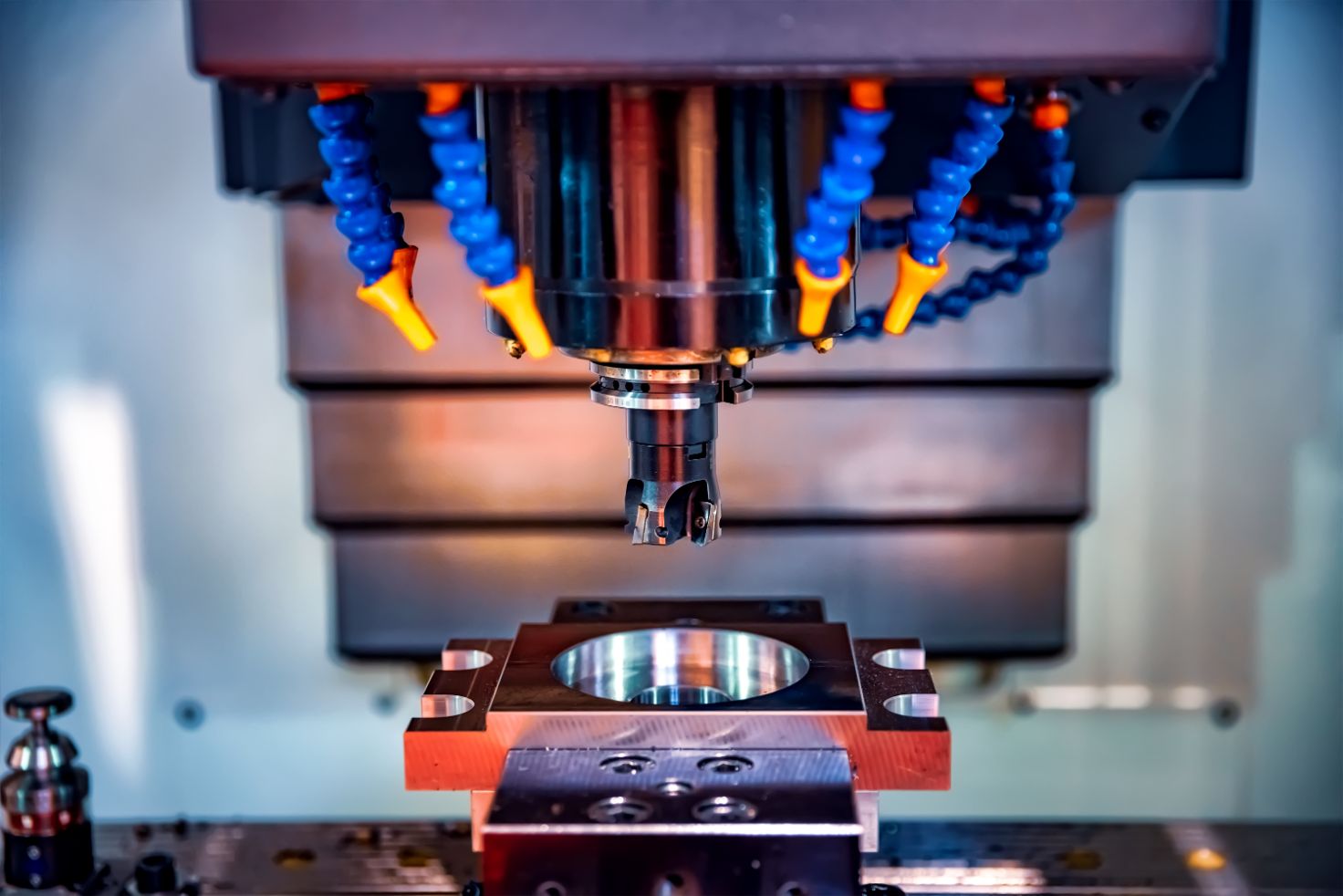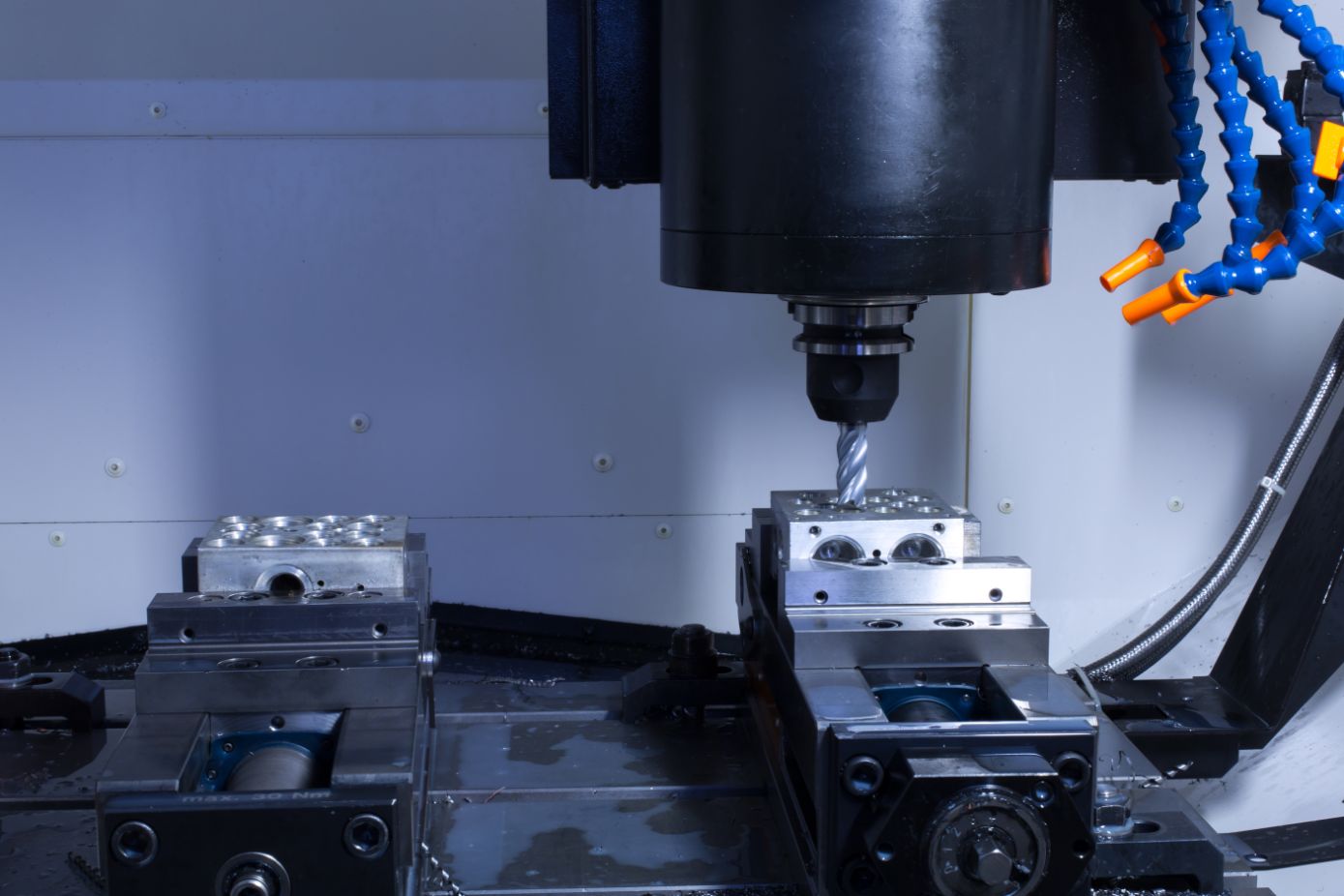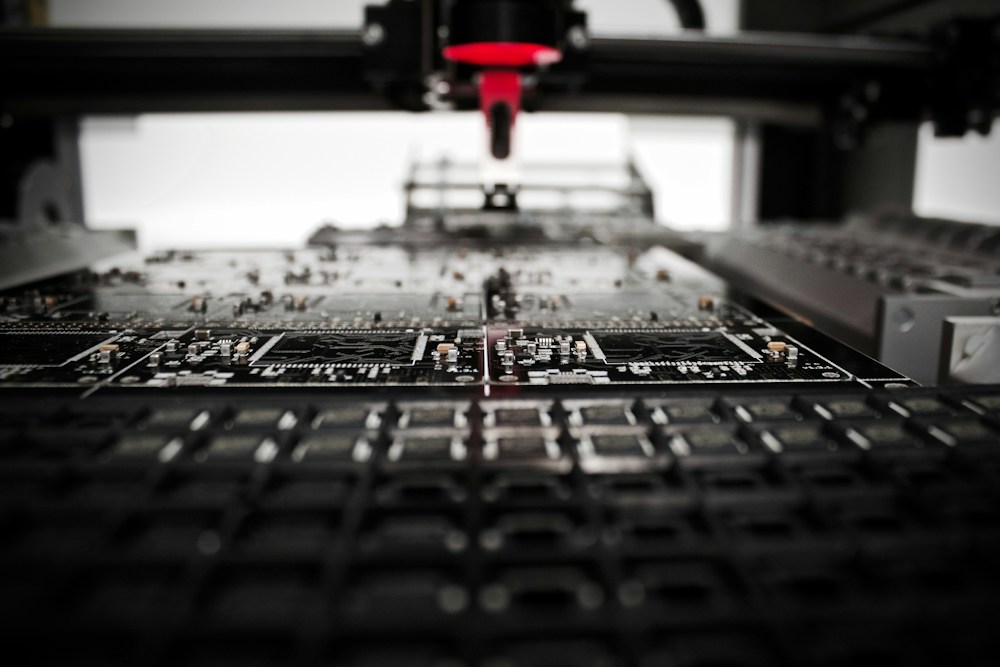Last Updated on January 20, 2024
With each passing day, technology is pacing up continuously. The integration of automation and control systems is elevating efficiency, precision, and innovation across multiple industries. Automated systems are modern-day advancements that streamline processes to optimise operations.
Through the medium of this blog, let us walk you through the fundamentals of cutting-edge innovations in automation and control systems.
What are Automation and Control Systems?
Automation uses advanced technology to perform tasks with minimal human intervention. Control systems manage and regulate these tasks, ensuring they function optimally. Cumulatively, these systems enhance efficiency and increase productivity.
Here are the key elements of automation:
- Sensors: These are devices that detect and collect data from the environment or machinery. They gather information such as temperature, pressure, movement, or other relevant parameters.
- Actuators: They are components that are responsible for taking actions based on the data collected by sensors. These devices execute commands and control processes by initiating physical changes or adjustments.
- Controllers: These are the brains of the system, processing the data received from sensors. They make decisions based on predefined logic or algorithms and send commands to actuators to perform specific actions.
Four Types of Control Systems
Control systems range from simple on/off mechanisms to more complex feedback control loops. These loops continuously adjust based on feedback, maintaining desired conditions or outputs. Below are the four most common types of control systems employed across various industries:
- Open-Loop Control System: It is a system where the output is not affected by the feedback. The input commands are executed without considering the system’s actual output or condition.
- Closed-Loop (Feedback) Control System: This system incorporates feedback from the output to make necessary adjustments.
- Single Input Single Output (SISO) Control System: In this system, there is one input and one output.
- Multiple Input Multiple Output (MIMO) Control System: This system functions with various inputs and outputs.
The Evolution of Advanced Innovations

PLCs and SCADA Systems
Programmable Logic Controllers, or PLCs, revolutionised industrial automation. They manage machinery, executing specific functions based on programmed logic. On the other hand, Supervisory Control and Data Acquisition (SCADA) systems offer centralised control and monitoring of multiple devices or processes.
Machine Learning and AI Integration
Machine learning and artificial intelligence (AI) empower systems to learn, adapt, and make decisions autonomously. It allows the optimisation of processes and the prediction of outcomes.
IoT and Connectivity
The Internet of Things (IoT) interconnects devices, enabling seamless communication and data exchange. Integrated with automation, it creates smart ecosystems where devices collaborate in real time for enhanced efficiency.
The Impact of Automation and Control Systems Across Industries
Automation and control systems have marked an impact on different industries. Let’s understand it individually for various industries:
Manufacturing
An automation and control system fuels the manufacturing industry. It equips smart factories with interconnected machines, predictive maintenance, and efficient production lines.

Healthcare and Biotechnology
Control systems aid in precision medicine, automating diagnostics, drug discovery, and patient monitoring. It leads to improved healthcare outcomes.
Energy and Sustainability
Automation optimises energy production and distribution, integrates renewable sources, and enhances efficiency for a more sustainable future.
Transportation and Logistics
From autonomous vehicles to smart logistics, automation revolutionises transportation, improving safety, efficiency, and delivery times.
Embrace the Future of Automation
Automation and control systems form the backbone of the technological landscape. Understanding their evolution, from basic principles to advanced innovations, allows companies to leverage their potential. It also enables them to shape a future where efficiency, precision, and innovation are supreme. These systems have the transformative power to change operational efficiency in different industries and increase human potential.
If you want to boost business efficiency and accelerate productivity, you can implement automated systems with the help of a reputable brand. They help you utilise reliable systems for your business, reducing your overhead costs while increasing revenue. So, start leveraging automation and control systems today!


